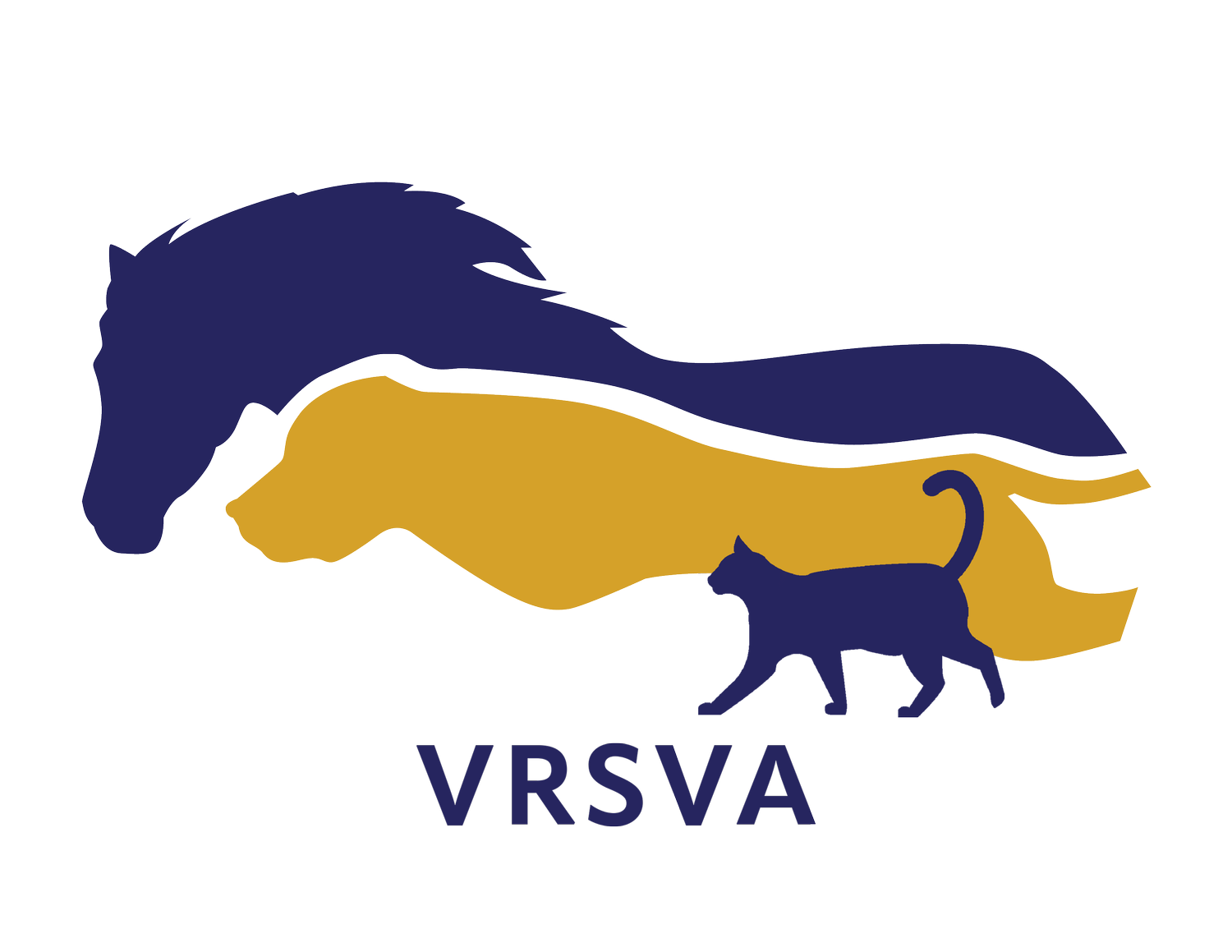Derby: Managing Osteoarthritis with Rehabilitation
Derby is a 22-year-old lesson pony who is ridden regularly by young riders of varying levels. Typically, she is a happy, easy pony who is safe and reliable. But gradually, she became grumpy during grooming and tacking. When ridden, she kept her ears back (rather than pricked forward) and swished her tail more frequently. She started to refuse jumps.
On evaluation, Derby had pain over the lower joints in her neck on both sides. Her cervical range of motion was decreased to the left and right. On the lunge line, she held her head and neck rigid and her cervical musculature was visibly tense. Radiographs revealed osteoarthritic changes in the lower joints of her neck.
Derby had always been an “easy” keeper and she was overweight on presentation. She started to turn out in a grazing muzzle to decrease caloric intake and to improve her weight. She began stretches and exercises to strengthen her core stabilizing muscles and improving cervical flexibility. Class IV laser therapy of her lower neck was performed several times per week and Rapid Release Technology (RRT) was used to help relax her tense musculature. She received acupuncture and chiropractic treatment.
Derby’s attitude and comfort improved significantly over the next few weeks. She seemed happier to work and started striding out in ways she hadn’t in some time. Her signs were 80% improved, but she still occasionally balked at a jump. We discussed injecting the joints in her lower neck, but she was not a great candidate for corticosteroids as she had had bouts of laminitis previously. We elected to inject these joints with platelet-rich plasma and she did great. She has returned completely to work.
Because osteoarthritis is not curable and is a progressive condition, Derby’s neck will always need some attention. But we can slow the progression and extend her career by being diligent with her care and using a multifactorial approach to therapy.

